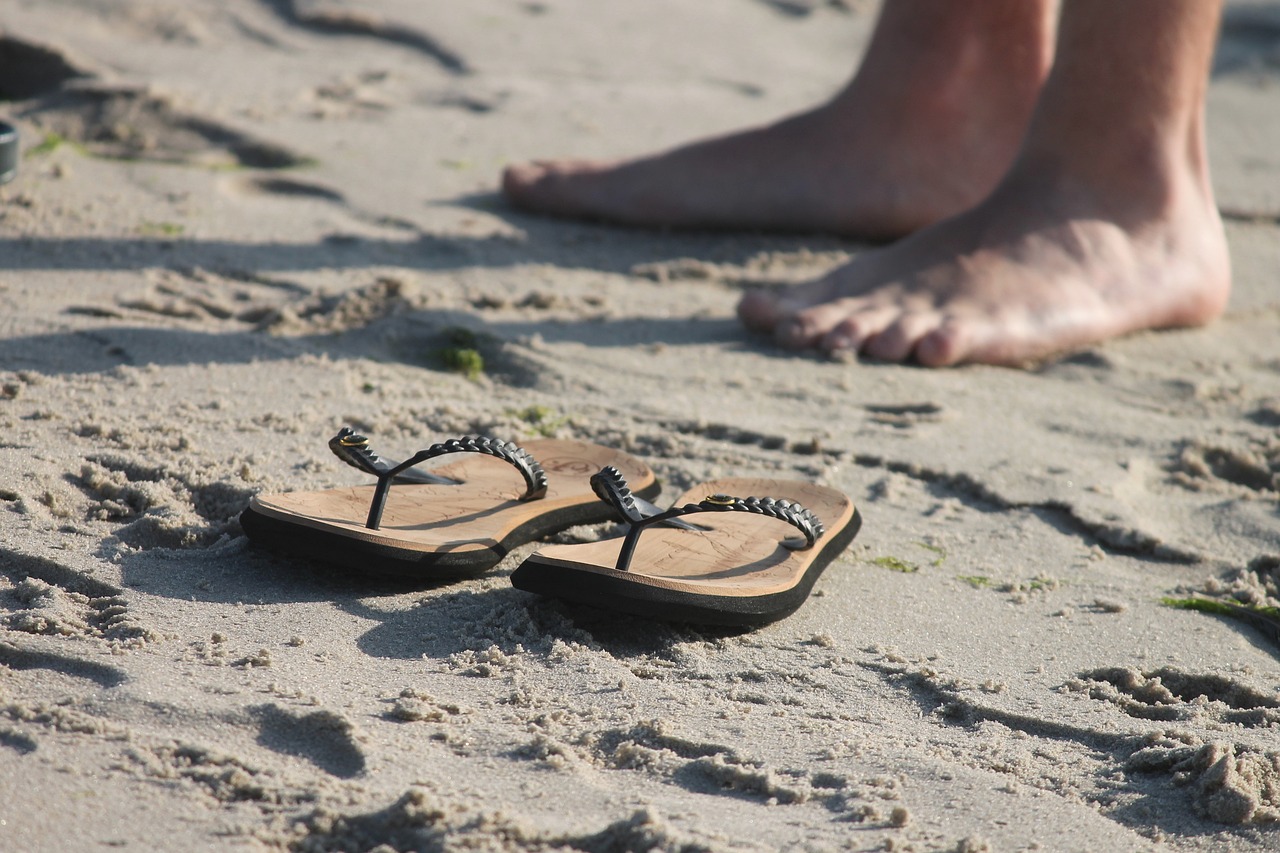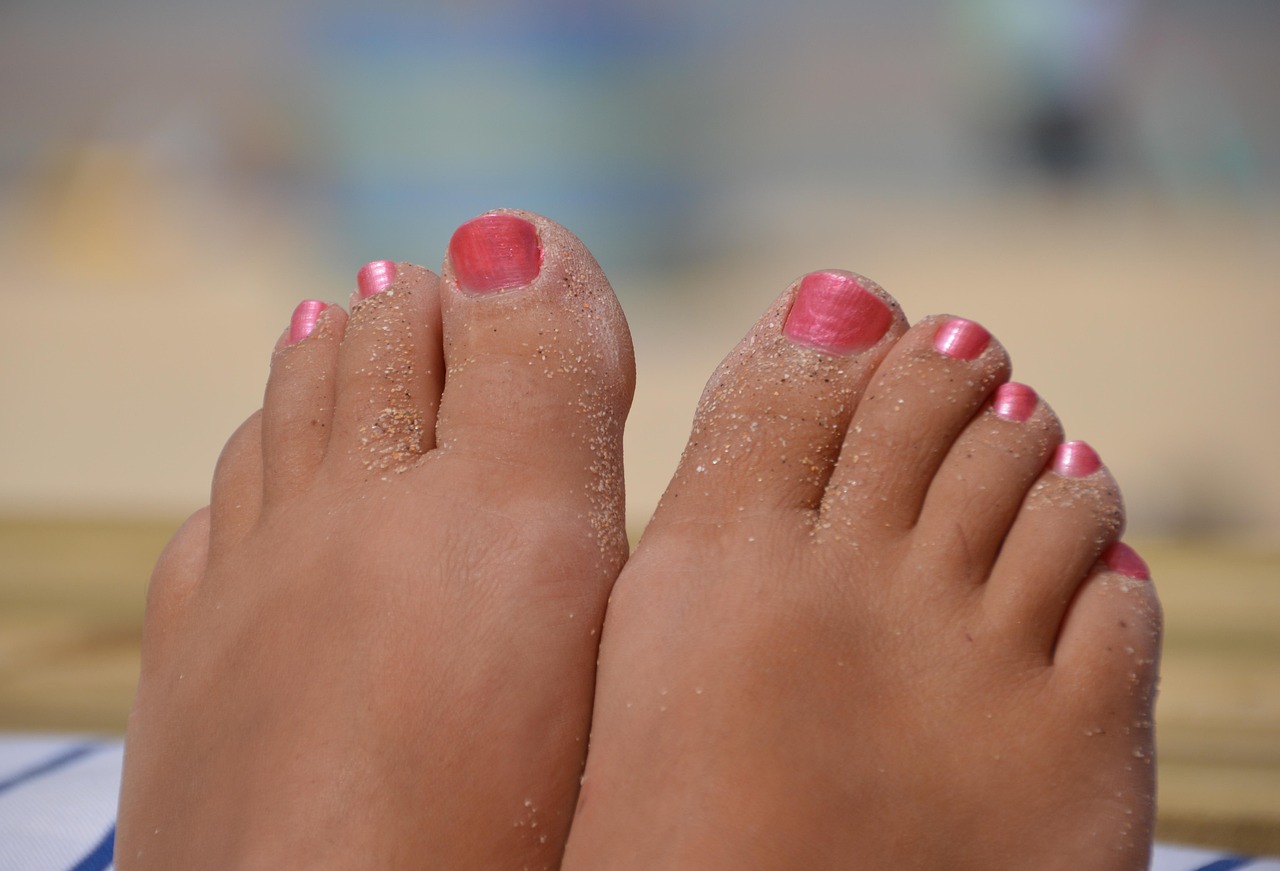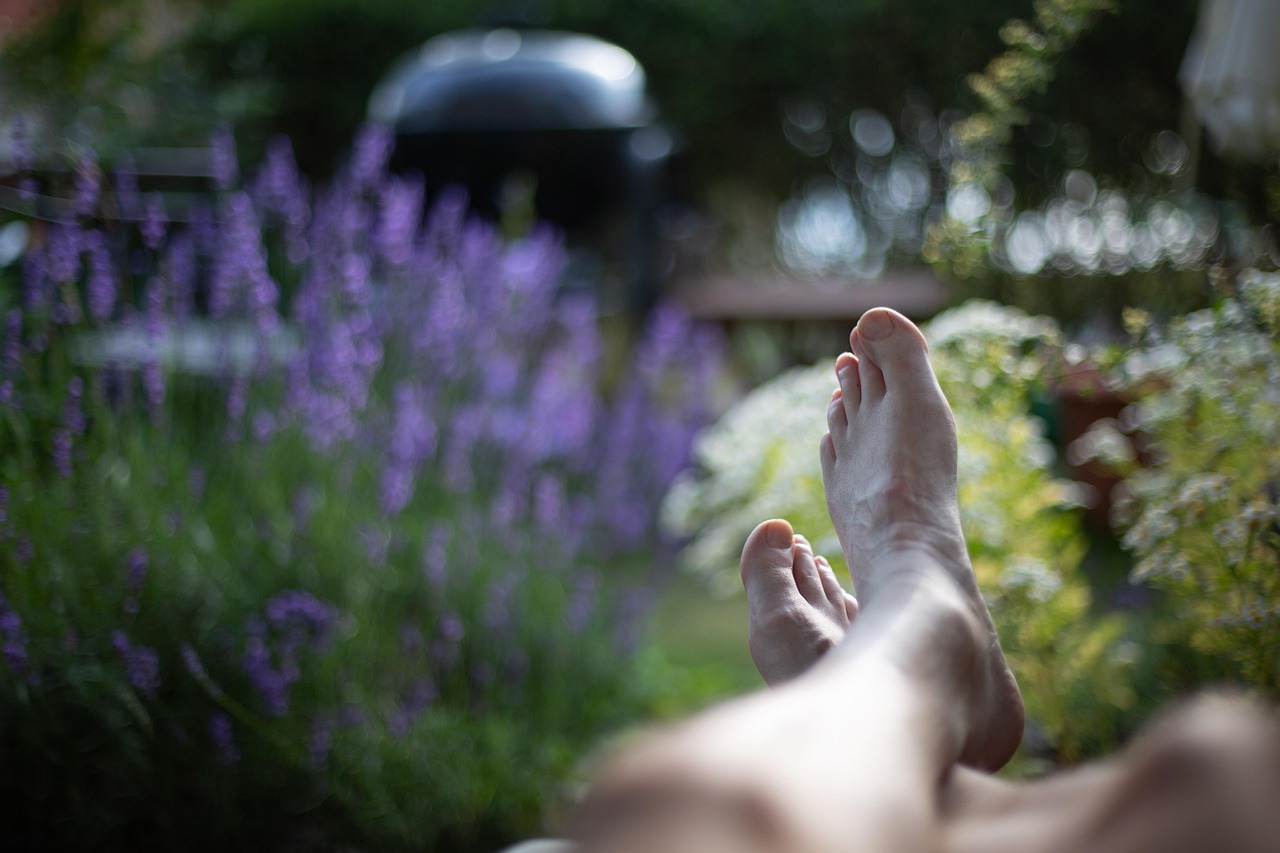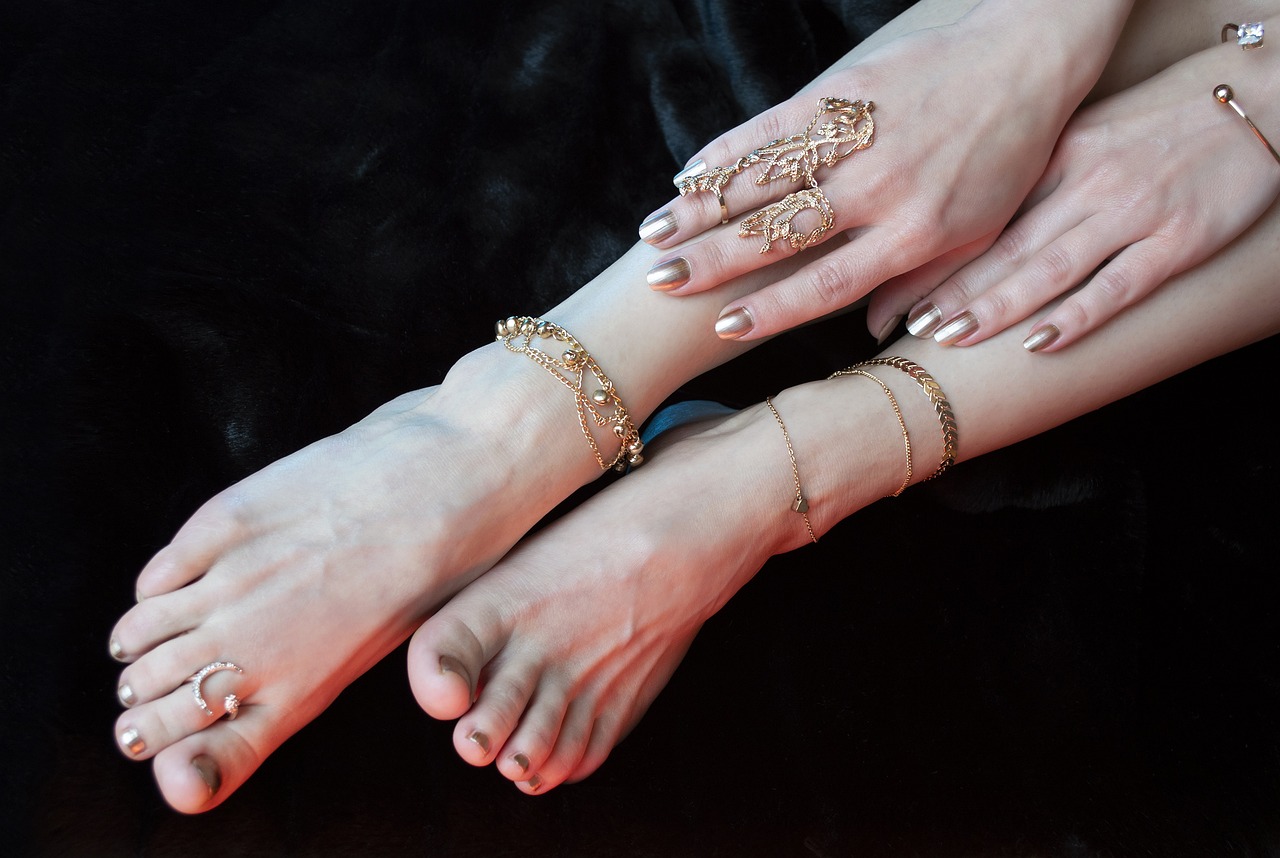Because prevention is easier than repair.
Most people don’t notice heel damage until it’s too late — when cracks appear, pain sets in, or walking becomes uncomfortable. But your heels often give subtle warnings long before visible damage appears.
Spotting these early signs can help you take action before the problem escalates into peeling, splitting, or infection. In this guide, we’ll show you how to recognize the first signs of heel stress, why they matter, and what to do to restore your skin — using trusted solutions from The Beauty Pure.
Table of Contents
Toggle🧠 Why Early Detection Matters
Your heel skin is thicker and tougher than the rest of your foot, but that doesn’t mean it’s invincible. Daily pressure, friction, sweat, and dryness can slowly break down its natural barrier — long before cracks form.
Catching these signals early means:
- Faster recovery
- Less discomfort
- Fewer products and interventions needed
- Prevention of deeper issues like infection or fissures
🚩 Early Signs of Heel Damage You Shouldn’t Ignore
🔹 1. Tight or Stretched Sensation
If your heels feel tight or overly firm, especially when flexing your foot or walking barefoot, it’s often the first sign of dehydration or skin hardening.
💡 It’s your skin telling you it’s losing flexibility and moisture.
🔹 2. Fine Lines or Faint Cracks
These aren’t painful (yet) — but they’re visual clues that the outer layers of skin are drying out and losing elasticity.
They often appear as:
- Tiny white or grayish lines
- “Spiderweb” textures around the heel edge
- Small grooves on the bottom of the foot
🔹 3. Dull, Ashy Appearance
A healthy heel has a natural tone and slight sheen. When the skin becomes dull, flaky, or takes on a white/gray hue, it usually indicates dry buildup or early callusing.
🔹 4. Rough Texture to the Touch
You might notice a patchy, uneven surface — like sandpaper — even if the skin looks normal. This early dryness can rapidly turn into hard skin or cracking without moisture.
🔹 5. Slight Sensitivity or Burning
Early inflammation may feel like:
- A mild burning when walking barefoot
- Sensitivity when wearing snug shoes
- Itching at the heel edge or arch
This is usually your skin reacting to friction and dryness combined.
🧴 What to Do When You Notice Early Signs of Heel Damage
✅ 1. Start a Preventive Moisturizing Routine
As soon as you notice tightness or texture changes, use a heel-specific cream:
- Lightweight and fast-absorbing
- Perfect for daily morning use
- Prevents moisture loss and restores softness
For visible lines or cracks:
👉 Lapitak Cream for Cracked Heels
- Contains urea, glycerin, and panthenol
- Repairs early fissures and restores flexibility
- Best applied at night with cotton socks
✅ 2. Exfoliate Weekly — But Gently
If you notice roughness or buildup, exfoliate with a pumice stone or soft file after soaking. Avoid over-scrubbing, especially on tender skin.
✅ 3. Choose Supportive, Breathable Footwear
Tight, non-breathable shoes increase friction and trap sweat, accelerating skin breakdown. Look for:
- Shoes with heel cushioning
- Natural materials (like leather or mesh)
- Proper arch and heel support
✅ 4. Use Antibacterial Spray if Needed
If sweat or odor is involved, bacteria may already be irritating the skin.
👉 Lapitak Foot Odor Preventing Spray
- Controls odor-causing bacteria
- Safe for daily use
- Helps maintain a clean surface before applying creams
💡 Bonus: Quick Daily Heel Check
Take 10 seconds before bed or after your shower to check:
- Color and texture of the heel
- Any discomfort while walking
- Moisture levels (does your skin feel tight?)
The earlier you act, the easier it is to keep your heels healthy and pain-free.
Final Thoughts: Listen to Your Heels — They Whisper Before They Shout
Heel damage doesn’t happen overnight. It builds quietly — starting with a little dryness, a faint line, a rough patch. But if you catch it early, a simple routine can stop it in its tracks.
👉 Visit The Beauty Pure to explore heel repair and prevention products trusted by thousands — because your skin shouldn’t have to scream for help.





